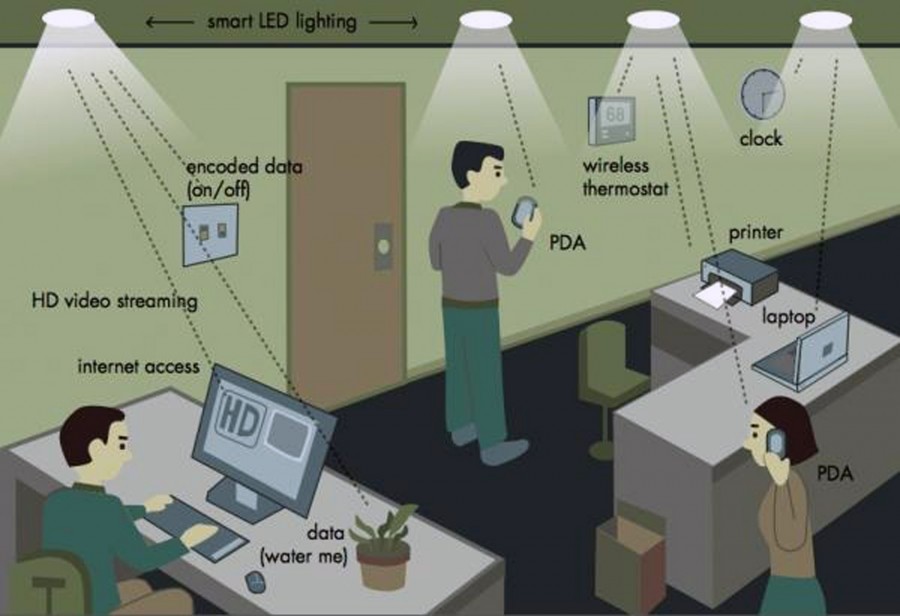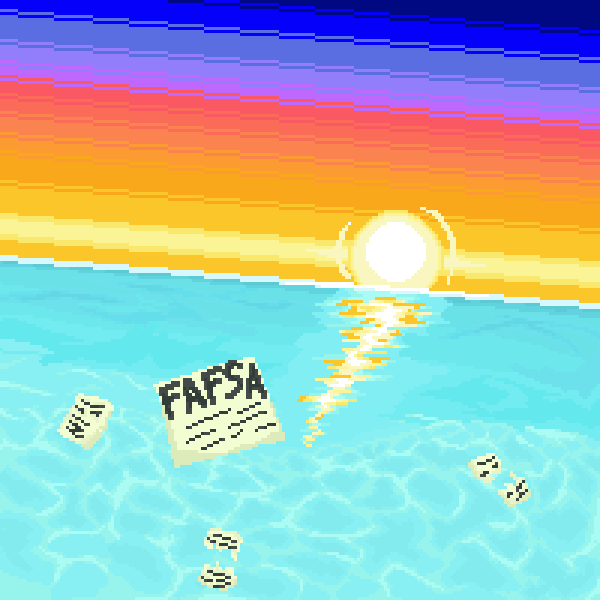LIFI lights up the future
A diagram of the integration of lifi technology in an actual indoor setting is elaborated on.
A new age of technology is in the future (around 2011) as a much faster version of Wi-Fi, called Li-Fi (Light Fidelity), is beginning to show positive results in research, as it has shown to have much better efficiency than Wi-Fi.
Li-Fi is a technology similar to Wi-Fi and is also wireless, which allows information to be sent through the use of the visible light communication (VLC), according to the International Business Times. Harald Haas, a professor at the University of Edinburgh, created Li-Fi that was developed through his research and projects, becoming popular after his 2011 TED Talk titled “Wireless data from every light bulb”.
During pilot program tests, Li-Fi has shown to transfer much greater amounts of information per second than Wi-Fi and has shown speeds that are 100 times faster.
In addition, because Li-Fi can be accessed through light-emitting diode (LED) light bulbs, it would allow a technology like Wi-Fi to be widespread and more accessible in even relatively poor regions of the world because of its lower cost, according to PureLifi, the company that is partly managed by Haas.
“I think that this is a really interesting and innovative new piece of technology. I think this could really benefit people who presently don’t have access to Wi-Fi, because I think sometimes we undermine how important Wi-Fi and the Internet is to us,” junior Shruti Chidambaram said.
In addition, in mining applications, Li-Fi has shown to be a safer alternative to electromagnetic interferences caused by radio waves.
However,the outlook for Li-Fi seems bright, sophomore Koki Tsurugaya still feels skeptical about its application.
“I don’t think this is a beneficial new technology because I think it could possibly pose some health risks that we don’t even know of yet, making this a more harmful alternative to Wi-Fi,” Tsurugaya said.
Students have expressed concern about how the integration of venue lighting and Li-Fi technology would affect the overall function of lightbulbs.
“I don’t want to be able to see my Wi-Fi,” junior Justin Weiner said.
Your donation will support the student journalists of Woodbridge High School. Your contribution will allow us to purchase equipment and cover our annual website hosting costs.






